Essential Tips for Packing for a 2-Week Winter Trip
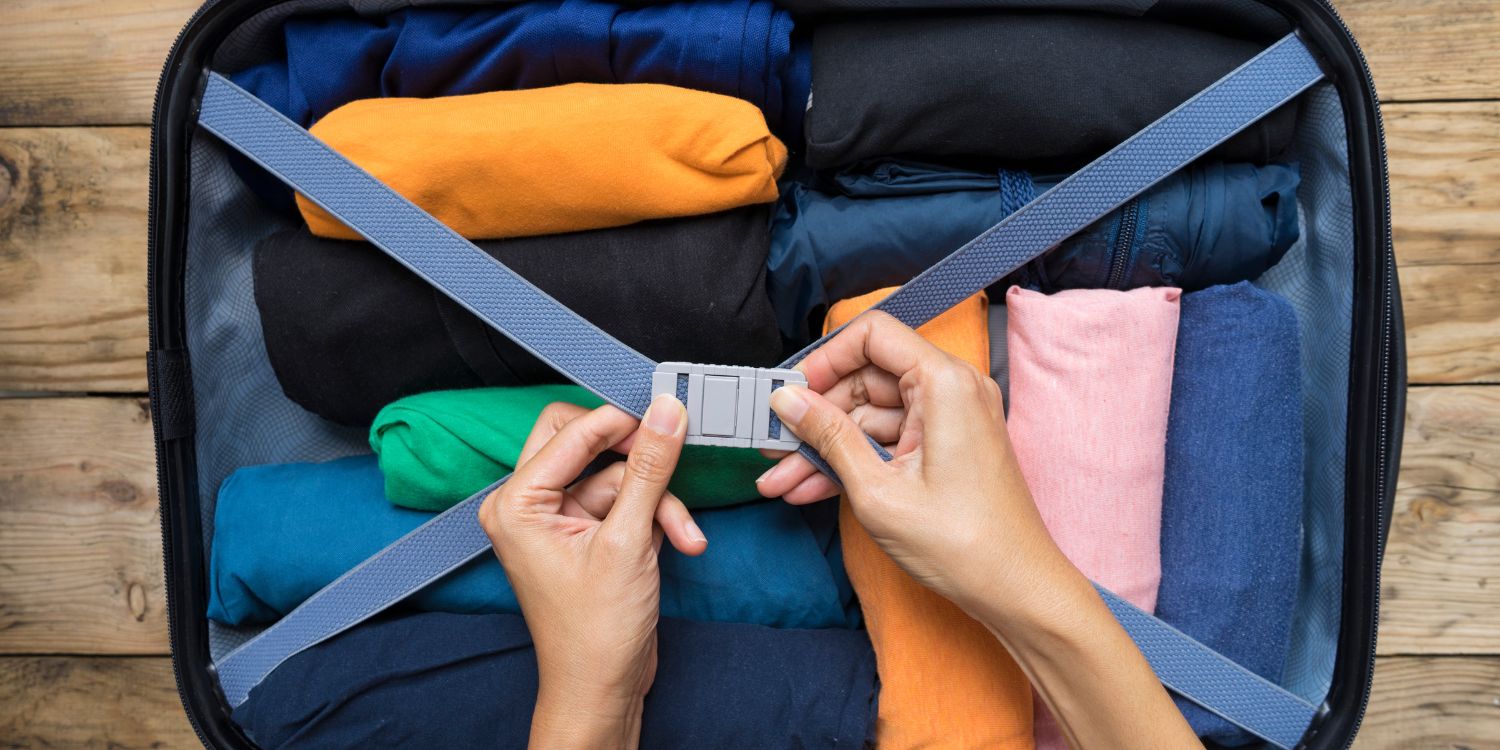
Embarking on a winter adventure can be an exhilarating experience, but it also requires careful planning and packing to ensure you stay warm and comfortable throughout your journey. One fantastic innovation that has revolutionized winter travel is heated clothing. In this article, we will provide you with valuable tips on packing for a 2-week winter trip, with a focus on incorporating heated clothing to keep you cozy even in the coldest of temperatures.
How to Pack for a 2 Week Winter Trip
1. Check the Weather
Before you begin packing, it's crucial to research the weather conditions at your destination. Look for average temperatures, precipitation levels, and any extreme weather warnings. This information will help you determine the appropriate types and amounts of clothing to bring.
2. Layering is Key
Layering is the foundation of staying warm during winter trips. Start with a moisture-wicking base layer that fits snugly against your skin. This layer will help keep you dry by wicking away sweat. For the middle layer, opt for insulating materials like wool or fleece to trap body heat. Finally, the outer layer should be windproof and waterproof to protect you from the elements.
3. Pack Versatile Clothing Items
To make the most of your luggage space, focus on packing versatile clothing items that can be mixed and matched. Choose pieces that can be dressed up or down, allowing you to adapt to various situations. For example, pack a pair of comfortable jeans or trousers, several long-sleeved shirts, and a few sweaters that can be layered as needed.
4. Don't Forget the Accessories
Accessories play a crucial role in keeping you warm, and they are often overlooked. Be sure to pack essentials like hats, scarves, and gloves. Opt for materials like wool or fleece for added warmth. Additionally, consider investing in heated accessories such as heated gloves or heated insoles, which can provide targeted warmth to combat cold extremities.
5. Heated Clothing: The Game Changer
One of the most innovative solutions for staying warm during winter trips is heated clothing. Heated jackets, vests, gloves, socks, and even pants are now available on the market. These garments incorporate heating elements powered by rechargeable batteries, providing an extra layer of warmth. They offer customizable heat settings, allowing you to adjust the temperature to your preference. Investing in heated clothing can be a game changer, especially if you plan to engage in outdoor activities for extended periods.
6. Choose the Right Footwear
Keeping your feet warm and dry is crucial during a winter trip. Pack a sturdy pair of waterproof and insulated boots that can withstand snow and slush. Consider adding heated insoles to your shoes or boots to provide additional warmth and comfort.
7. Prepare for Indoor Comfort
While focusing on outdoor clothing, don't forget about indoor comfort. Pack a cozy pair of slippers or warm socks to keep your feet comfortable in your accommodation. Also, consider bringing thermal pajamas or a robe to stay warm during relaxing evenings indoors.
8. Additional Tips
- Utilize packing cubes or compression bags to maximize space and keep your luggage organized.
- Pack a travel-sized laundry detergent to wash clothes if necessary.
Remember to bring chargers for your heated clothing batteries and other electronic devices. - Carry a portable power bank to ensure your heated clothing remains operational even on the go.
Tips for Traveling with Winter Sports Gear
Traveling with winter sports gear adds an extra level of preparation and organization to your trip. Whether you're planning to hit the slopes for skiing or snowboarding, here are some helpful tips to make traveling with your winter sports gear more convenient:
Research airline policies
Before booking your flight, thoroughly review the policies of your chosen airline regarding the transportation of winter sports equipment. Different airlines may have specific rules and fees for carrying items such as skis, snowboards, boots, and poles. Be aware of size, weight, and packaging requirements to avoid any surprises or additional charges at the airport.
Invest in a quality gear bag
A durable and well-designed gear bag is essential for protecting your equipment during transit. Look for bags specifically designed for winter sports gear, with padded compartments and straps to secure your skis or snowboard. Make sure the bag is large enough to accommodate all your gear, including boots, helmets, and clothing layers.
Prepare your gear for travel
- Skis and snowboards: Clean your skis or snowboard thoroughly before packing to remove dirt and wax residue. Use bindings or bindings covers to protect them from scratches and damage. Consider using padded sleeves or towels to separate multiple pairs of skis or snowboards.
- Boots: Pack your boots in a separate bag or use boot-specific compartments within your gear bag. Stuff them with soft items like socks or clothing to maintain their shape and provide extra protection.
- Poles: Secure your poles together with rubber bands or straps and place them alongside your skis or snowboards within the gear bag.
- Helmets and protective gear: Wrap your helmet in clothing or use a helmet bag for added protection. Place any additional protective gear, such as goggles, knee pads, or wrist guards, inside your gear bag's compartments.
Check weight restrictions
Be mindful of weight restrictions imposed by airlines, especially if you're carrying multiple pieces of equipment. Pack strategically, distributing weight evenly between your checked luggage and carry-on to avoid excess fees and ensure hassle-free check-in.
Label your gear
Attach clear identification tags or labels to your gear bag and individual equipment to easily identify them and prevent mix-ups or loss during transit. Include your contact information, including your name, phone number, and email address.
Consider equipment rental options
If transporting your own winter sports gear becomes too cumbersome or expensive, consider renting equipment at your destination. Many ski resorts and winter sport destinations offer rental services with well-maintained equipment, saving you the hassle of carrying your gear.
Insurance coverage
Verify whether your travel insurance policy covers winter sports equipment. If not, consider purchasing additional coverage to protect your gear against loss, theft, or damage during travel.
Plan for storage and transportation at your destination
Research in advance whether your accommodation or destination provides storage options for your winter sports gear. Some resorts may offer equipment storage or ski valet services for convenience. If you're renting a car, ensure it has sufficient space to accommodate your gear during transportation.
By following these tips, you can make traveling with your winter sports gear a smoother and more enjoyable experience. Remember to plan ahead, pack smart, and prioritize the safety and protection of your equipment throughout your journey.
Conclusion
Packing for a 2-week winter trip requires careful consideration to ensure you stay warm and comfortable throughout your journey. By layering your clothing, packing versatile items, and incorporating heated clothing, you can conquer the cold and fully enjoy your winter adventure. Embrace the convenience and warmth provided by heated jackets, gloves, socks, and other accessories to make your trip truly memorable. Stay prepared, stay warm, and embrace the beauty of the winter wonderland!
How many clothes do I need for a 2-week trip?
The number of clothes you need for a 2-week trip will depend on several factors, including access to laundry facilities, personal preferences, and the climate of your destination. As a general guideline, aim to pack around 7-10 days' worth of outfits, assuming you can do laundry midway through your trip. This allows you to rotate your clothing and keep your luggage manageable.

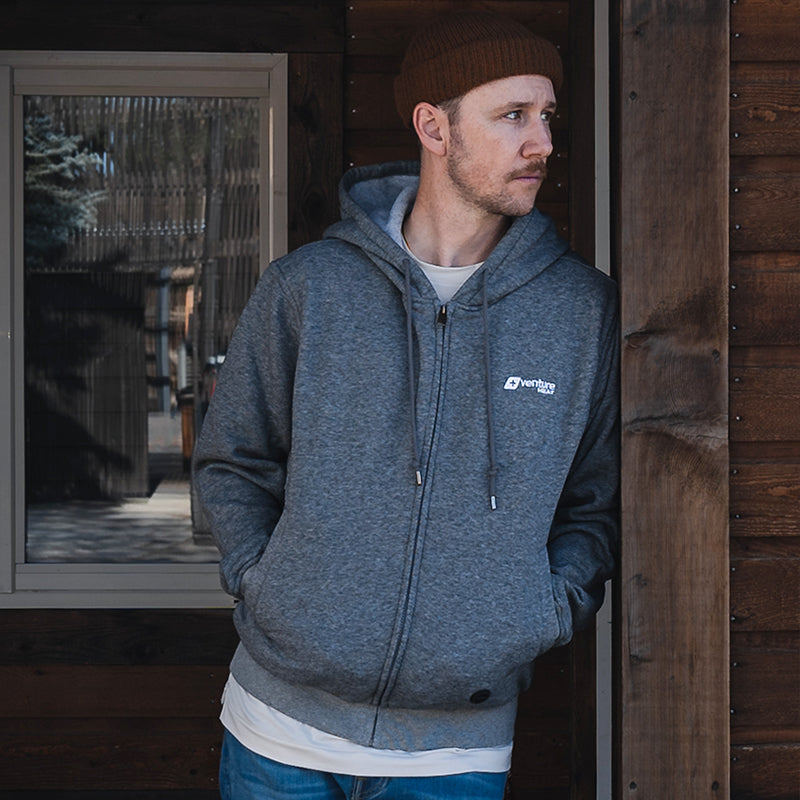
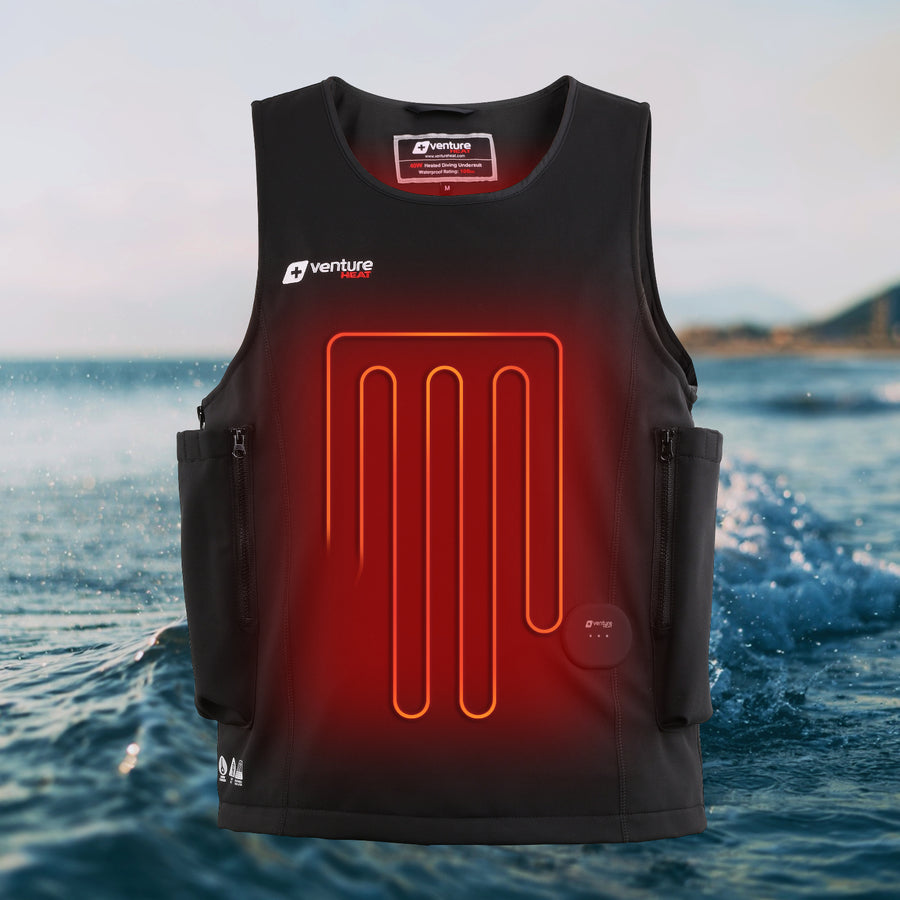
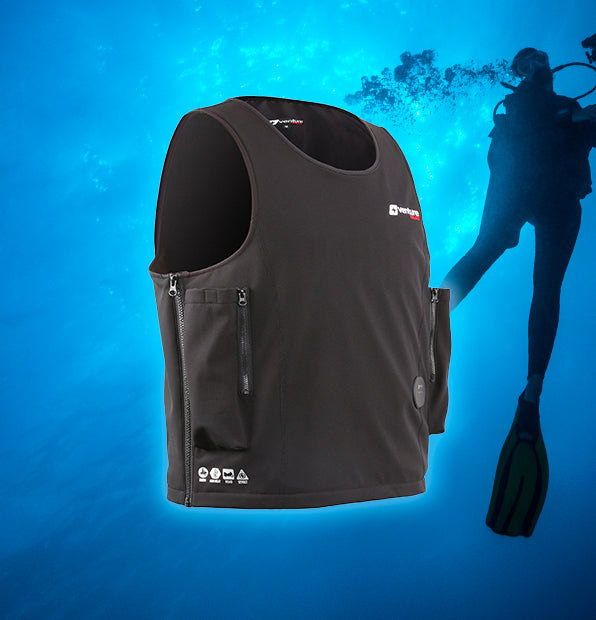




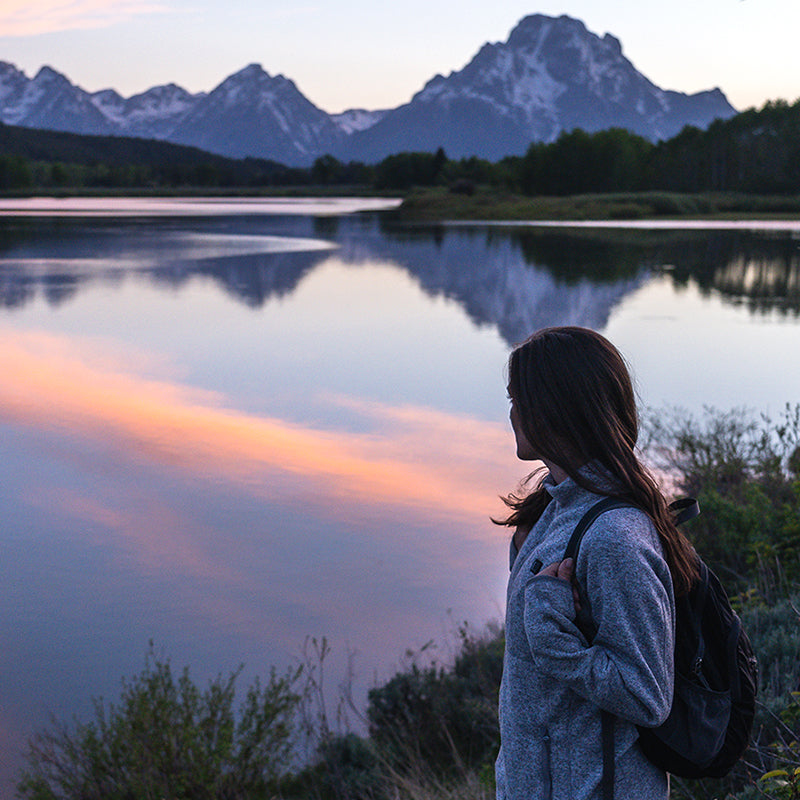

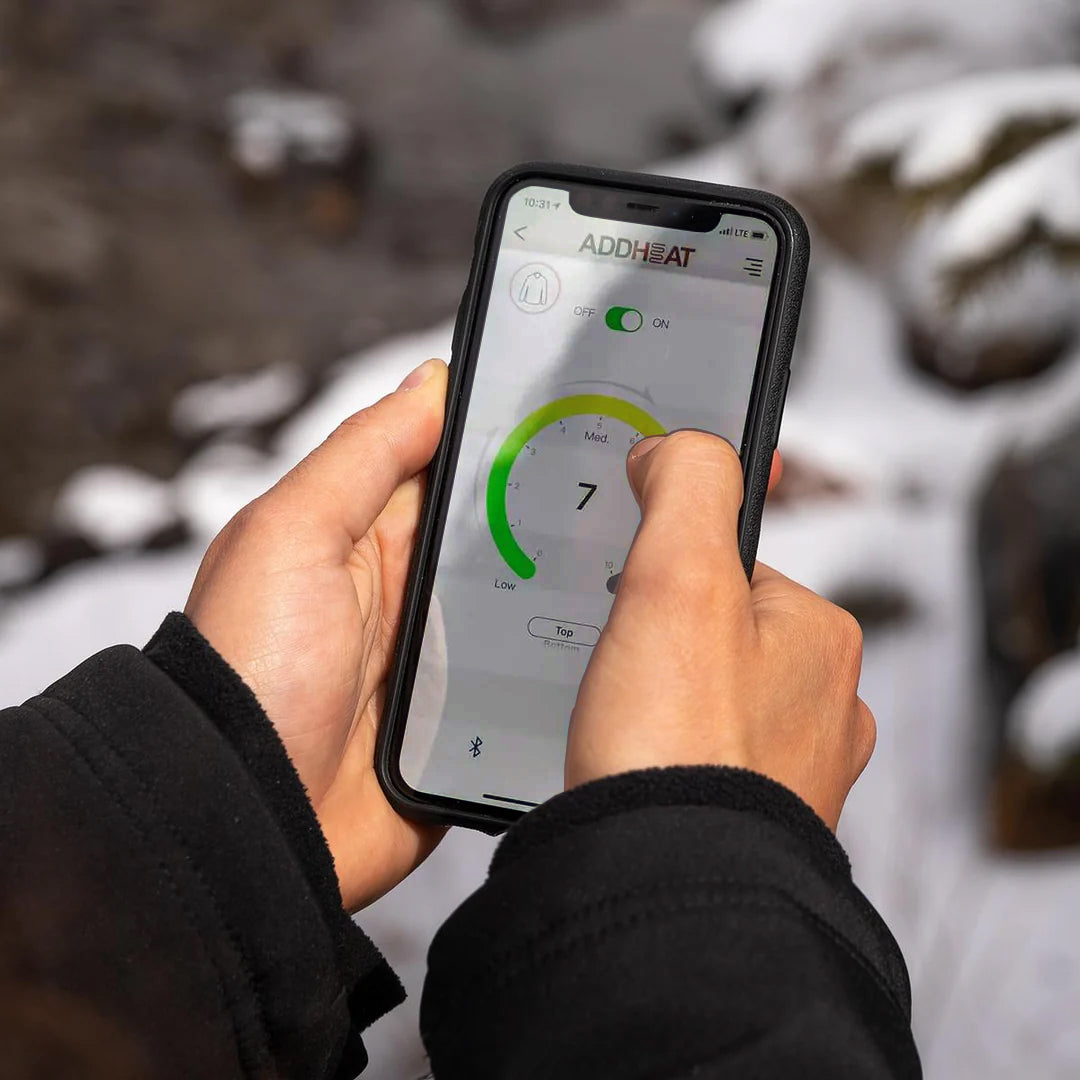
Leave a comment